Recovering from a tooth extraction? The days following oral surgery can be uncomfortable—but your diet doesn’t have to be. Knowing what to eat after a tooth extraction is essential for proper healing and comfort. In this guide, you’ll discover 50 soft foods to eat after tooth extraction that are gentle on your gums, packed with nutrients, and actually satisfying. Whether you’ve had a wisdom tooth pulled or a routine dental extraction, these food ideas will help you heal faster and eat better.
- Why Soft Foods Matter After Tooth Extraction
- How Long Should You Eat Soft Foods?
- What Makes a Food “Soft”?
- 50 Soft Foods to Eat After Tooth Extraction
- Important Tips for Eating After an Extraction
- What to Avoid After Tooth Extraction
- When Can You Resume Normal Eating?
- Foods That Promote Healing
- Bonus: Meal Prep Tips for Recovery Days
- A Helpful Guide for Wisdom Tooth Recovery
- Frequently Asked Questions (FAQ)
- Final Thoughts
Why Soft Foods Matter After Tooth Extraction
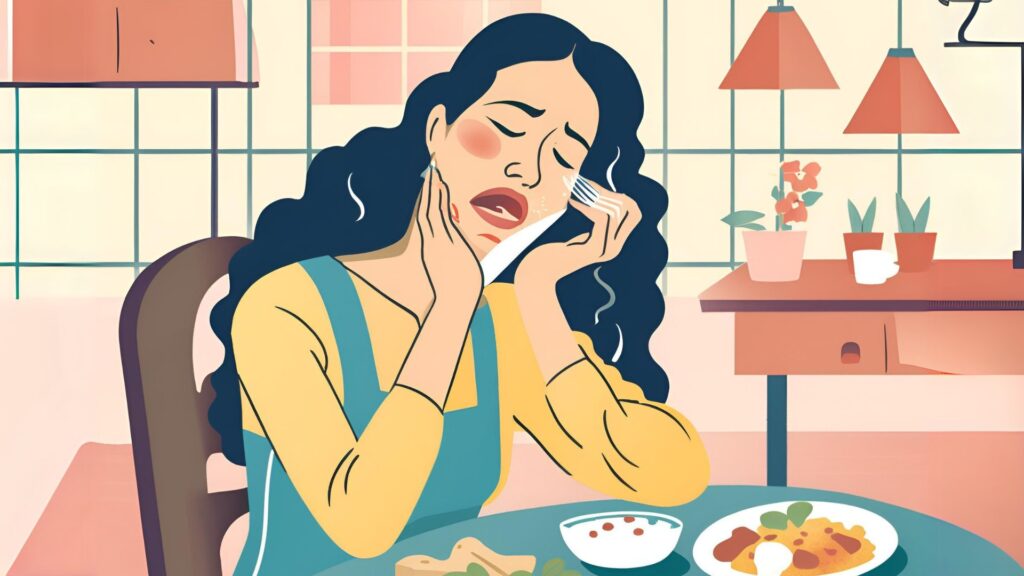
Following a tooth extraction, your mouth is in a sensitive, healing state. Eating hard, chewy, or spicy foods can irritate the extraction site, delay healing, or even lead to complications like dry socket. That’s why oral surgeons and dentists strongly recommend sticking to soft-textured, easy-to-swallow foods for several days post-surgery.
⚠️ Tip: Avoid straws and carbonated drinks in the first 24–48 hours—they can dislodge the blood clot and interfere with healing.
How Long Should You Eat Soft Foods?
Most patients need to stick to soft foods for at least 3–7 days. However, recovery time varies depending on the complexity of the extraction and your body’s healing response. Always follow your dentist or oral surgeon’s aftercare instructions. For wisdom teeth or multiple extractions, the soft food period might extend to 10 days or more. Don’t forget to check out the list of things to avoid after tooth extraction.
What Makes a Food “Soft”?
- Easily mashed with a fork or spoon
- Doesn’t require chewing or biting
- Low in acidity and spice
- Moist in texture and not crunchy or sticky
50 Soft Foods to Eat After Tooth Extraction
Here’s a carefully crafted list of 50 soft and nutritious foods categorized for easy reference.
🥣 Dairy & Protein-Rich Foods
These provide essential protein and calcium for healing.
- Greek yogurt (plain or vanilla)
- Cottage cheese
- Soft scrambled eggs
- Mashed tofu
- Cream cheese (on soft bread or crackers)
- Ricotta cheese
- Smooth hummus
- Silken tofu
- Soft-cooked fish (e.g., tilapia or cod)
- Tuna salad (mashed)
💡 Quick Idea: Add protein powder to smoothies for a post-surgery protein boost without chewing.
🥔 Starchy Foods & Grains
Great for energy and gentle on your healing gums.
- Mashed potatoes
- Cream of wheat
- Oatmeal (lukewarm, not hot)
- Soft pasta (mac & cheese, buttered noodles)
- White rice
- Polenta
- Soft-cooked couscous
- Soft pancakes (no syrup or with honey)
- Mashed sweet potatoes
- Rice pudding
🍲 Soups & Broths
Nutritious and hydrating, ideal for days 1–3 post-surgery.
- Chicken broth
- Bone broth
- Creamy tomato soup
- Butternut squash soup
- Cream of mushroom soup
- Potato leek soup
- Miso soup (without seaweed chunks)
- Pureed vegetable soup
- Lentil soup (blended)
- Chicken noodle soup (strained)
✅ Gentle Reminder: Let hot foods cool slightly to avoid irritating your healing gum tissue.
🍌 Fruits & Veggies (Soft or Blended)
Nutrient-dense and easy to digest when prepared right.
- Applesauce
- Mashed bananas
- Steamed carrots (very soft)
- Avocado (mashed or whipped)
- Canned peaches (in juice, not syrup)
- Mashed pumpkin
- Soft mango slices
- Pear purée
- Blended spinach
- Steamed and mashed zucchini
🍨 Desserts & Treats (in moderation)
Comforting options that still meet the “soft” criteria.
- Pudding (chocolate, vanilla)
- Ice cream (plain, no mix-ins)
- Sherbet
- Jello
- Yogurt parfait (without granola)
- Soft muffins (crumbled)
- Custard
- Soft sponge cake
- Rice cakes soaked in milk
- Frosting on a spoon (why not?)
Important Tips for Eating After an Extraction
- Stay hydrated, but sip from a cup instead of using straws. Straws create suction, which may dislodge the clot and lead to dry socket.
- Chew on the opposite side of your mouth to protect the extraction site.
- Avoid spicy, acidic, or crunchy foods until the site is fully healed.
- Rinse your mouth gently with warm salt water after 24 hours to keep the area clean.
- Cut your food into small pieces even if it’s soft. This reduces pressure on your jaw and gums.
- Stick to cold and room temperature foods for the first 1–2 days to soothe inflammation.
- Don’t skip meals. Even if your appetite is low, your body needs energy and nutrients to heal.
📝 If your extraction site is still bleeding after a few days or you notice foul odor, swelling, or sharp pain, consult your oral surgeon promptly.
What to Avoid After Tooth Extraction
Understanding what not to eat is just as important as knowing what to eat.
- Crunchy foods: chips, nuts, popcorn
- Spicy foods: hot sauce, chili, jalapeños
- Acidic foods: citrus, tomatoes, vinegar
- Sticky foods: caramel, gum, gummy candy
- Hard foods: raw vegetables, crusty bread
- Alcohol and tobacco: delay healing and increase risk of infection
- Hot beverages: can increase bleeding or dissolve the blood clot prematurely
Don’t forget to check out: When can I eat solid food after tooth extraction? & our comprehensive guide on smoking after tooth extraction.
When Can You Resume Normal Eating?
Most people can gradually return to their regular diet after 7 to 10 days, depending on how well their mouth is healing. Start reintroducing solid foods slowly. Begin with soft solids like boiled vegetables, soft-cooked meats, and soft bread, and monitor your body’s response.
Foods That Promote Healing
Some soft foods don’t just prevent irritation—they actively support faster healing. Look for these nutrients:
- Protein – Helps tissue regeneration (found in yogurt, eggs, fish, tofu)
- Vitamin C – Aids gum healing (found in mashed pumpkin, banana, and blended spinach)
- Zinc & Iron – Crucial for immune support (found in soft legumes, fortified oatmeal)
- Omega-3 fatty acids – Reduce inflammation (found in soft fish like salmon or cod)
Bonus: Meal Prep Tips for Recovery Days
- Prepare meals ahead of surgery so you can rest afterward.
- Invest in a good blender or food processor for smoothies and purees.
- Freeze individual portions of soup and mashed meals for quick reheating.
- Add variety with herbs like parsley or basil to keep your meals flavorful without irritating your mouth.
A Helpful Guide for Wisdom Tooth Recovery
Whether you’ve had a routine extraction or your wisdom teeth removed, the list above offers plenty of safe, soothing food options to help you heal comfortably. These soft foods are ideal for managing pain, reducing irritation, and ensuring proper nutrition during the initial recovery days. From creamy soups to protein-packed meals, they’re designed to make eating easier while your mouth heals—no matter which tooth was pulled.
Frequently Asked Questions (FAQ)
When can I eat solid food after tooth extraction?
Most people can begin to reintroduce soft solid foods after 3 to 5 days, depending on how quickly the extraction site heals. Avoid crunchy or hard foods until your dentist confirms that your gum tissue is fully recovered, usually after one to two weeks.
When can I eat after tooth extraction?
You can eat as soon as the numbness wears off—typically a few hours after the procedure. Start with very soft, cool foods like yogurt, applesauce, or pudding to avoid disturbing the blood clot or irritating the extraction site.
Can I drink alcohol 24 hours after tooth extraction?
It’s best to avoid alcohol for at least 24–72 hours after your extraction. Alcohol can interfere with blood clot formation and delay healing. It may also interact poorly with any pain medications or antibiotics you’re prescribed.
Can I drink coffee after tooth extraction?
Hot beverages like coffee should be avoided for at least 24 hours. Heat can dissolve the protective blood clot too soon and increase the risk of dry socket. Once swelling reduces and healing progresses, lukewarm coffee may be safe—but always check with your dentist.
What are signs of complications after a tooth extraction?
Watch out for symptoms like severe or worsening pain after 3 days, bad breath or taste, swelling that doesn’t go down, or visible bone in the socket. These may indicate a dry socket or infection, and you should contact your dentist promptly if you notice any of them.
Final Thoughts
Healing after a tooth extraction requires a balance of rest, good hygiene, and most importantly, a smart diet. These 50 soft foods offer a wide variety of choices to keep your meals enjoyable while supporting a quick recovery. Stick to safe, gentle foods for the first several days, and consult your dental care provider if you experience anything unusual during the healing process.
Your mouth will thank you—and so will your taste buds.
Disclaimer: The content provided in this article is for educational and informational purposes only. It does not substitute professional medical advice, diagnosis, or treatment. For guidance specific to your dental condition or recovery, please consult your dentist, oral surgeon, or licensed healthcare provider.

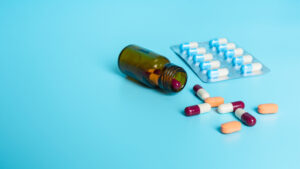
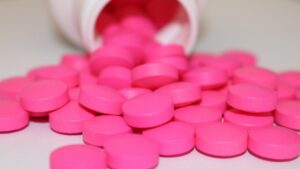


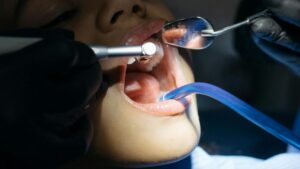


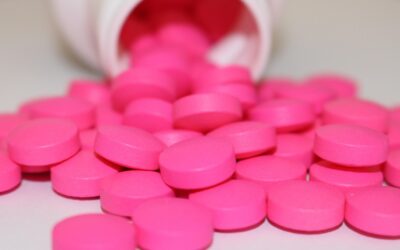

0 Comments